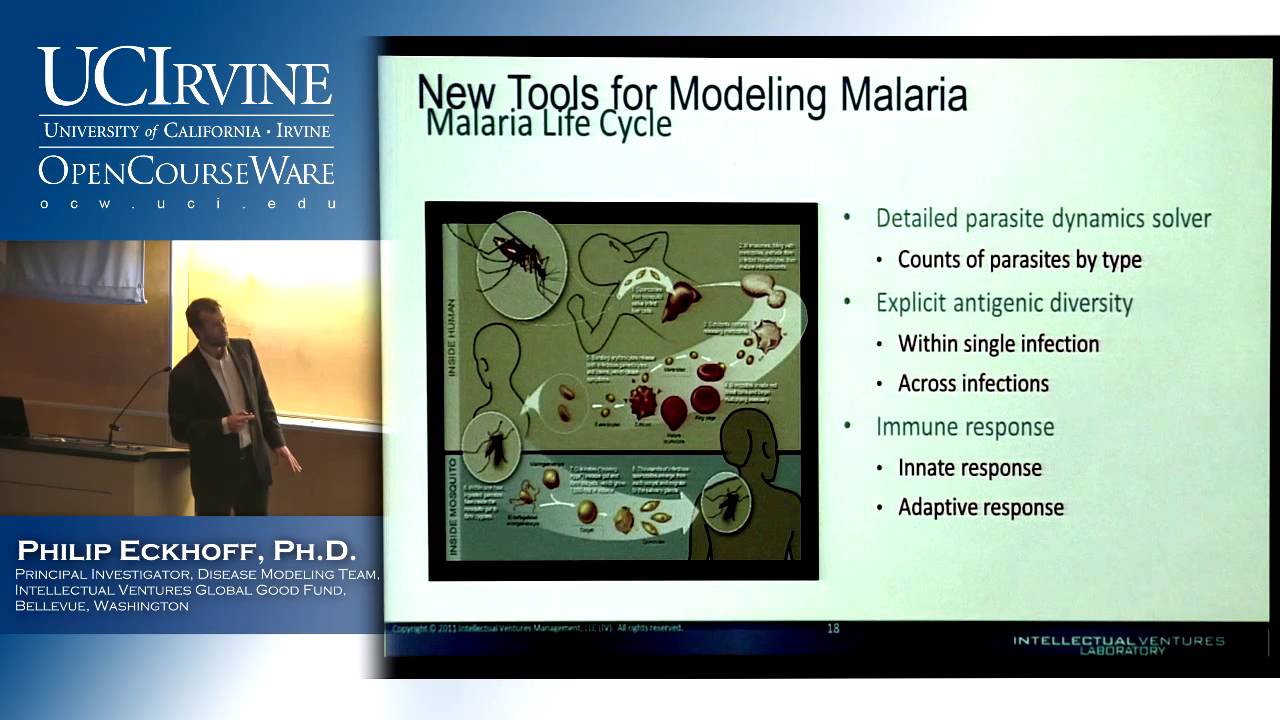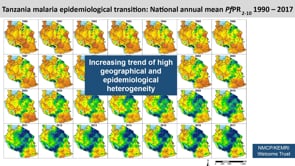Last Updated: 17/03/2025
Risk stratification of malaria among school-age children with mHealth spectroscopy of blood analysis
Objectives
- To perfect an mHealth blood hemoglobin computation algorithm for school-age children in Rwanda.
- To develop an mHealth risk-stratification model to determine the need for malaria rapid diagnostic tests (RDTs) among school-age children.
- To implement an mHealth application that integrates malaria risk stratification with the existing electronic health record (EHR) system.
Malaria is one of the most serious public health problems in sub-Saharan Africa. School-age children are most commonly infected with malaria parasites with an estimated 200 million at risk. Malaria screening for school- age children in endemic countries is critical in two aspects: malaria transmission and educational performance (human capital investment). Malaria rapid diagnostic test (RDT)-based interventions have shown to be effective, but mass screening with malaria RDTs on a routine basis is expensive and impractical. As a result, school-age children are often excluded. In this respect, risk stratification (prescreening) for malaria RDTs can play a critical role in the diagnosis and management of malaria. It is hypothesized that a combination of blood hemoglobin level and acute undifferentiated febrile illness assessments can risk-stratify school-age children who will benefit from malaria RDTs and avoid unnecessary RDTs. Malaria infections in school-age children are strongly associated with anemia. Thus, noninvasive blood hemoglobin level readings can be highly beneficial for identifying asymptomatic (undetected) afebrile malaria infections. Recently developed mHealth method will be taken advantage of that can reliably predict blood hemoglobin levels from digital photographs of the inner eyelid taken by a low-end smartphone.
In Objective 1 (R21 phase), an mHealth blood hemoglobin computation algorithm applied to school-age children (6 to 15 years of age) in Rwanda will be perfected. The proposed machine learning approach will hybridize deep learning and statistical learning to accurately and precisely measure blood hemoglobin content among school-age children using an unmodified smartphone. In Objective 2 (R33 phase), an mHealth risk-stratification model will be developed to determine the need of malaria RDTs among school-age children. The added value of mHealth blood hemoglobin assessments will be investigated in identifying patients who will benefit from malaria RDTs and will need confirmatory malaria diagnosis. The study will further formulate an advanced risk-stratification model that can forecast molecular test-confirmed malaria. In Objective 3 (R33 phase), an mHealth application will be implemented integrating malaria risk stratification with the existing electronic health record (EHR) system. The mHealth technology will be incorporated into an Android- based EHR-integrated mobile application for community health workers (CHWs) and health facilities in our study settings. A digital reporting platform will also be included to replace paper-based patient data collection for CHWs and allow for automatic transmission into the currently used EHR system in our study settings. After successful completion, it is expected to improve malaria diagnosis and management among school-age children, by empowering CHWs and health facilities with less hardware-dependent mHealth technologies. The proposed data-driven and connected mHealth technologies can maximize the nationwide scale-up of cost-effective malaria diagnosis and management in Rwanda, potentially offering mobility, simplicity, and affordability for rapid and scalable adaptation in other resources-limited settings.
Sep 2022 — May 2024
$339,338

